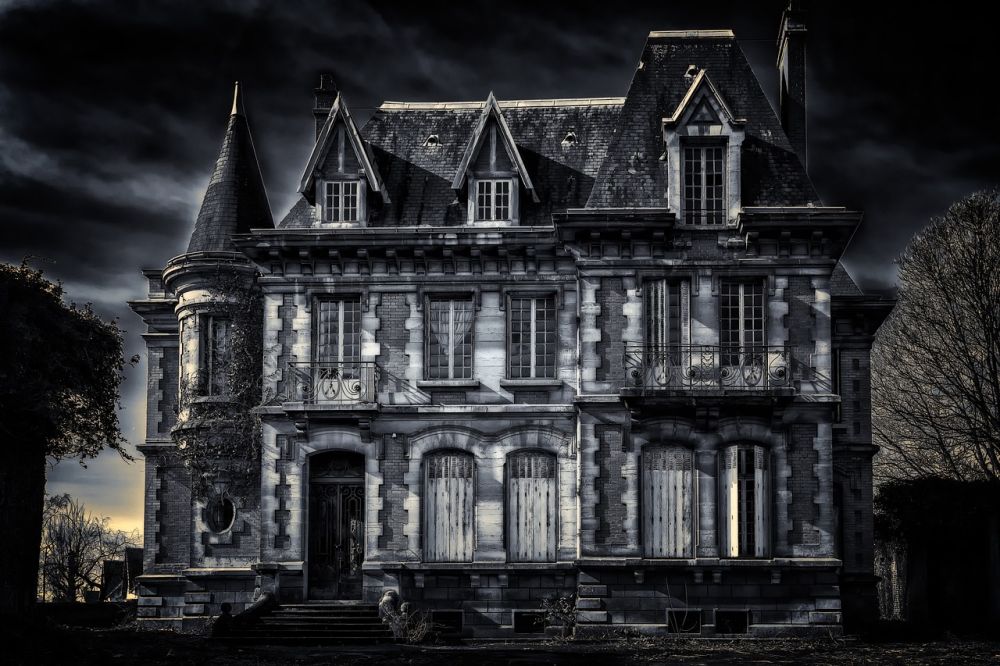Stockholms Arkitektur: En Fascinerande Syn på Stadens Skönhet och Variation

Introduction:
Stockholm, with its rich history and vibrant culture, is renowned for its architecture. The city’s buildings reflect a harmonious blend of tradition and modernity, creating a visual feast for residents and visitors alike. In this comprehensive article, we will delve into the world of Stockholm’s architecture, exploring its various types, popular styles, quantitative measurements, differences among them, and a historical overview of their advantages and disadvantages.
An Overview of Stockholm’s Architecture

Stockholm’s architecture is characterized by its unique blend of old and new, creating a captivating urban landscape. The city boasts a diverse range of architectural styles, from medieval structures to contemporary designs. This variety stems from Stockholm’s rich historical background and its continuous evolution as a cultural hub. The architecture in Stockholm can be admired not only in its famous landmarks, but also in its residential areas, parks, and public spaces.
Presentation of Stockholm’s Architecture
When discussing Stockholm’s architecture, it is impossible to overlook the three prominent types: medieval, neoclassical, and modernist.
Medieval Architecture: Stockholm’s medieval architecture, dating back to the 13th century, showcases iconic buildings such as the Royal Palace and Stockholm Cathedral. These structures exhibit Gothic features, with their intricate detailing, pointed arches, and soaring towers.
Neoclassical Architecture: During the 18th and 19th centuries, neoclassical architecture flourished in Stockholm. Inspired by ancient Greek and Roman designs, these buildings exhibit a sense of grandeur and symmetrical proportions. Examples include the Royal Swedish Opera House and the Stockholm City Hall.
Modernist Architecture: Stockholm’s modernist architecture gained prominence in the early 20th century. Influenced by international movements such as Functionalism and Bauhaus, these buildings prioritize simplicity, functionality, and clean lines. Notable examples include the Stockholm Public Library and the Skogskyrkogården Cemetery.
While these three types represent the essence of Stockholm’s architecture, the city also showcases a fusion of various styles, such as Art Nouveau and Postmodernism, which adds an element of surprise and diversity to the urban fabric.
Quantitative Measurements of Stockholm’s Architecture
Quantitative measurements shed light on the magnitude and significance of Stockholm’s architecture. With over 90,000 historical buildings, preservation efforts play a vital role in maintaining the city’s unique identity. The Stockholm City Museum estimates that the city has around 1,000 listed buildings, representing a fraction of the architectural treasures scattered throughout the city. These quantitative measurements highlight the city’s commitment to preserving its architectural heritage and ensuring its longevity for future generations to admire.
Differences among Stockholm’s Architecture
The various architectural styles in Stockholm offer a striking contrast, reflecting different eras, influences, and aesthetic preferences. The juxtaposition of medieval, neoclassical, and modernist buildings creates a dynamic cityscape, where each style stands out in its unique way.
Medieval architecture, characterized by its ornate details and historical legacy, differs significantly from the clean lines and functional design of modernist buildings. Similarly, the grandeur of neoclassical structures contrasts with the sleek simplicity of contemporary architecture. These differences contribute to the city’s architectural charm and provide a captivating experience for those exploring Stockholm’s streets.
A Historical Overview of Advantages and Disadvantages of Stockholm’s Architecture
Throughout history, Stockholm’s architecture has faced both advantages and disadvantages, shaping the city we see today. Advantages include the preservation of historical landmarks, creating a sense of cultural continuity and adding depth to the urban fabric. These architectural treasures serve as a testament to the city’s rich history and provide a source of inspiration for future designs.
On the other hand, the city’s architectural diversity can occasionally create challenges in maintaining a cohesive urban landscape. The clash between old and new, traditional and modern, can be a source of debate among residents, architects, and urban planners. Striking the delicate balance between preserving the past while embracing the future is a constant challenge faced by Stockholm’s architectural community.
Conclusion:
Stockholm’s architecture is a testament to the city’s cultural heritage and ever-evolving identity. The blend of medieval, neoclassical, and modernist styles, along with other architectural influences, creates a visually captivating and diverse urban landscape. The countless historical landmarks, listed buildings, and contemporary designs all play a vital role in shaping Stockholm’s architectural identity.
As we have explored in this article, Stockholm’s architecture offers something for everyone, whether you are a history enthusiast, a lover of modern design, or simply a visitor looking to appreciate the beauty of the city. By preserving its architectural treasures and embracing innovative designs, Stockholm’s architectural legacy continues to inspire and captivate both residents and tourists alike.
References:
1. Stockholm City Museum. ”City of Stockholm Heritage Program.”
2. Visit Stockholm. ”Stockholm City Hall.”











